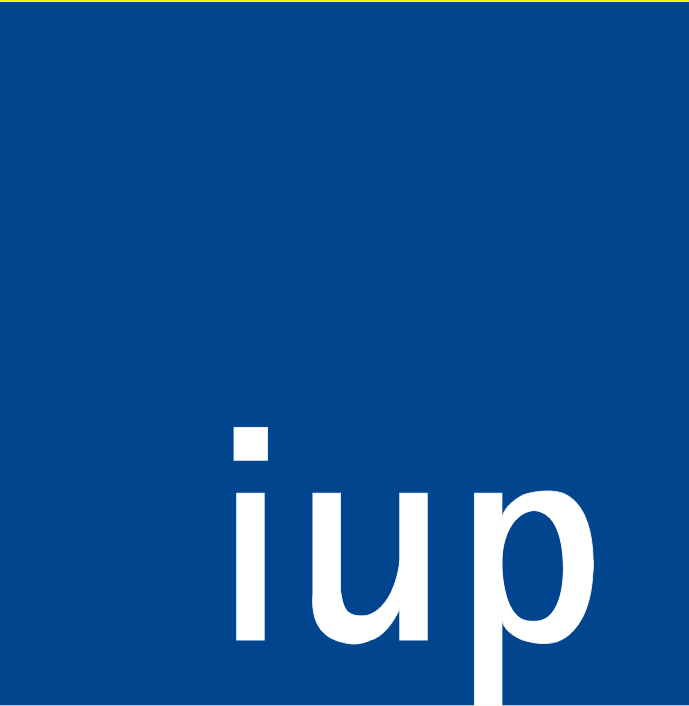Publikationen (FIS)
Application of the ecosystem services concept in stakeholder communication—Results of a workshop including a planning game at the Lower Mulde River (Dessau-Roßlau, Germany)
- authored by
- Cedric M. Gapinski, Anna Lena Vollheyde, Christina von Haaren
- Abstract
The concept of ecosystem services (ES) is a powerful tool for communicating with stakeholders because it highlights the benefits of ecosystems for people and demonstrates their economic importance through monetized values. However, this hypothesis has rarely been substantiated in the context of local landscape planning. To investigate which ecosystem services information formats (ESIF) stakeholders prefer in decision situations, we experimented with a highly conflictual planning situation about the Lower Mulde restoration in Germany. We invited local stakeholders to a so-called ‘future vision workshop’. It included a paper-based, noncompetitive planning game, which combined the freedom of choice with strict rules for justifying the proposed measures. We tested how often participants used different ESIFs to justify their decisions, focusing on quantification, monetization, and the default qualitative (ordinal-scaled) format applied in landscape planning. A total of 17 representatives from stakeholder groups such as nature conservation, recreation, and local politics attended. We provided information on four ES and eight related measure proposals to the stakeholders, who used them to select, locate, and justify actions for the area's future development. The participants applied the ordinal-qualitative format in more than two-thirds of the decisions. Quantification and monetization were used with approximately equal frequency, mostly for measures that favoured flood risk regulation. Actions supporting habitat provision and biodiversity were justified exclusively in ordinal-qualitative terms. Instead of our provided quantifications, some participants mentioned numbers they were already familiar with before. They also partly doubted our monetization approaches. In conclusion, we recommend combined and context-specific uses of several ESIFs, while using the ordinal-qualitative format as the basis. Furthermore, the participants appreciated the workshop and requested that the results be presented to the city council. The workshop also confirmed that the ES concept is challenging to understand, especially for laypeople unfamiliar with ES and landscape planning.
- Organisation(s)
-
Institute of Environmental Planning
- Type
- Article
- Journal
- International Review of Hydrobiology
- Volume
- 107
- Pages
- 128-139
- No. of pages
- 12
- ISSN
- 1434-2944
- Publication date
- 05.04.2022
- Publication status
- Published
- Peer reviewed
- Yes
- ASJC Scopus subject areas
- Ecology, Evolution, Behavior and Systematics, Aquatic Science
- Electronic version(s)
-
https://doi.org/10.1002/iroh.202002080 (Access:
Open)


